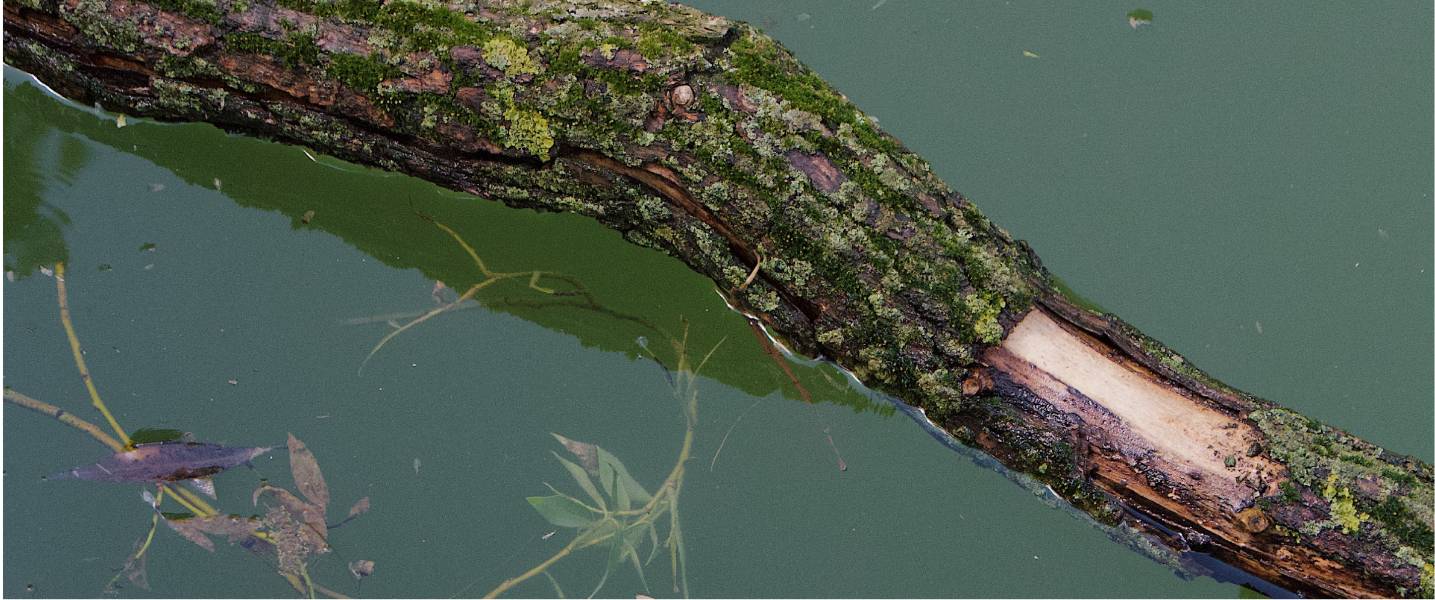
Water Quality
In River Ganges, water pollution mainly includes untreated sewage and industrial discharge (leather, paper and pulp, fertilizer, pharmaceutical, sugar, jute and textile), which generally release wastes directly into rivers. The widespread use of fertilizers and pesticides for pests, weed and vector-borne control also creates severe water-quality problems. The status of the Brahmaputra river in Assam is much better than in comparison to the river Ganges, but the pesticide concentration has also been reported in the Brahmaputra. During 2005-2010, 5039 metric tons of DDT were used for malaria control and tea estates in Assam. Everyday activities like sand mining and dredging activities may also reintroduce the settled pollutants back into the water body and increase water turbidity. Assam is known as the Oil capital of India, and the refining and distillation of petroleum are one of the critical causes of PAH contamination in the environment. The exposure to high concentrations of pollutants caused by pesticides and sewage discharge (organic load causing algal bloom) in the river system causing mortalities of other aquatic species, such as fishes, that constitute the major food of dolphins. However, at lower concentrations, pollutants can also lead to the accumulation of pollutants in aquatic species.

